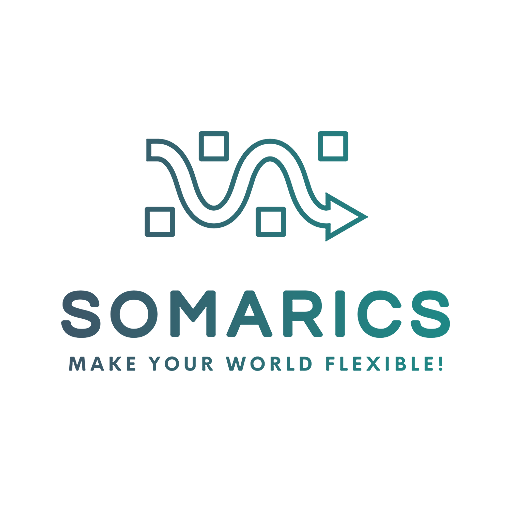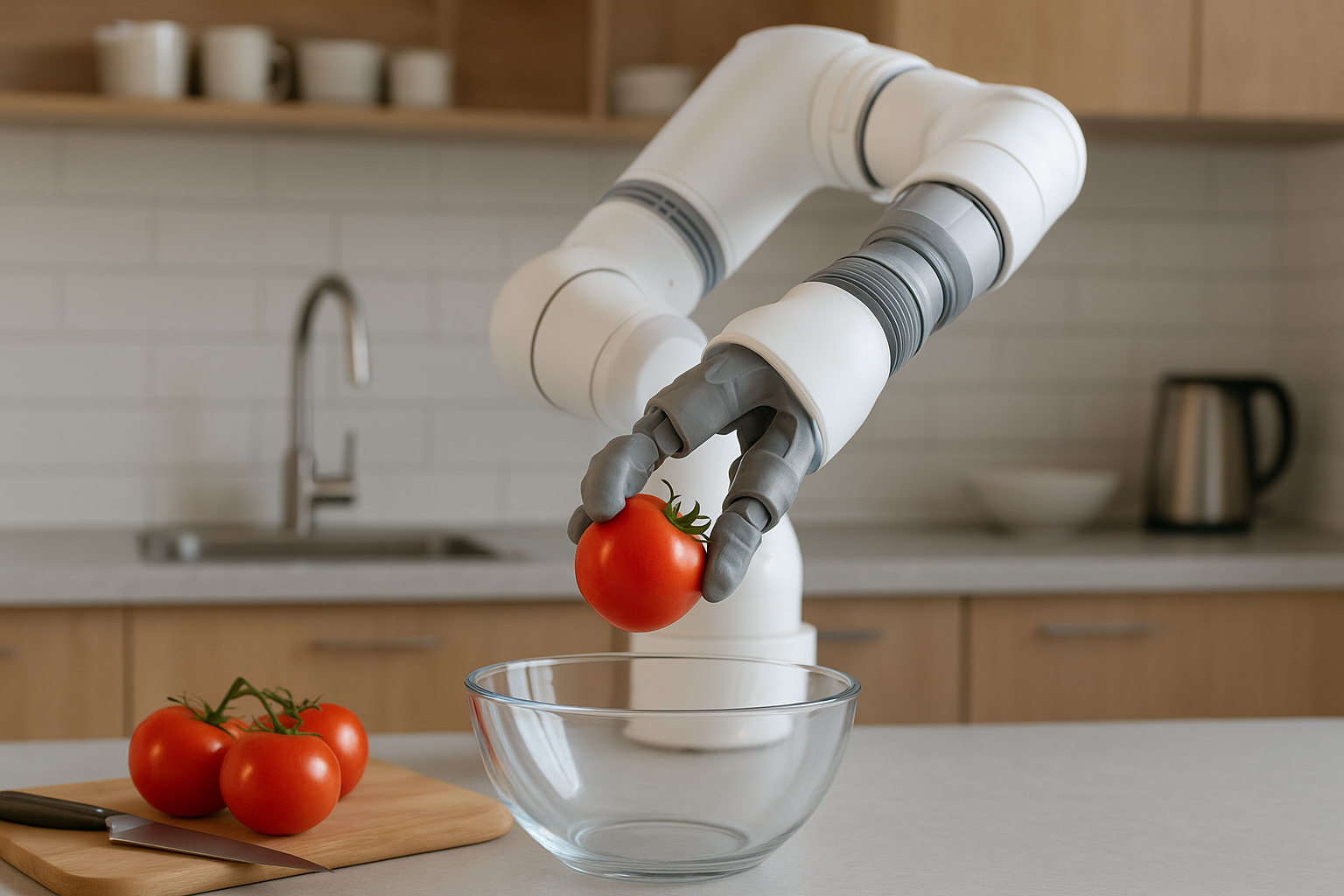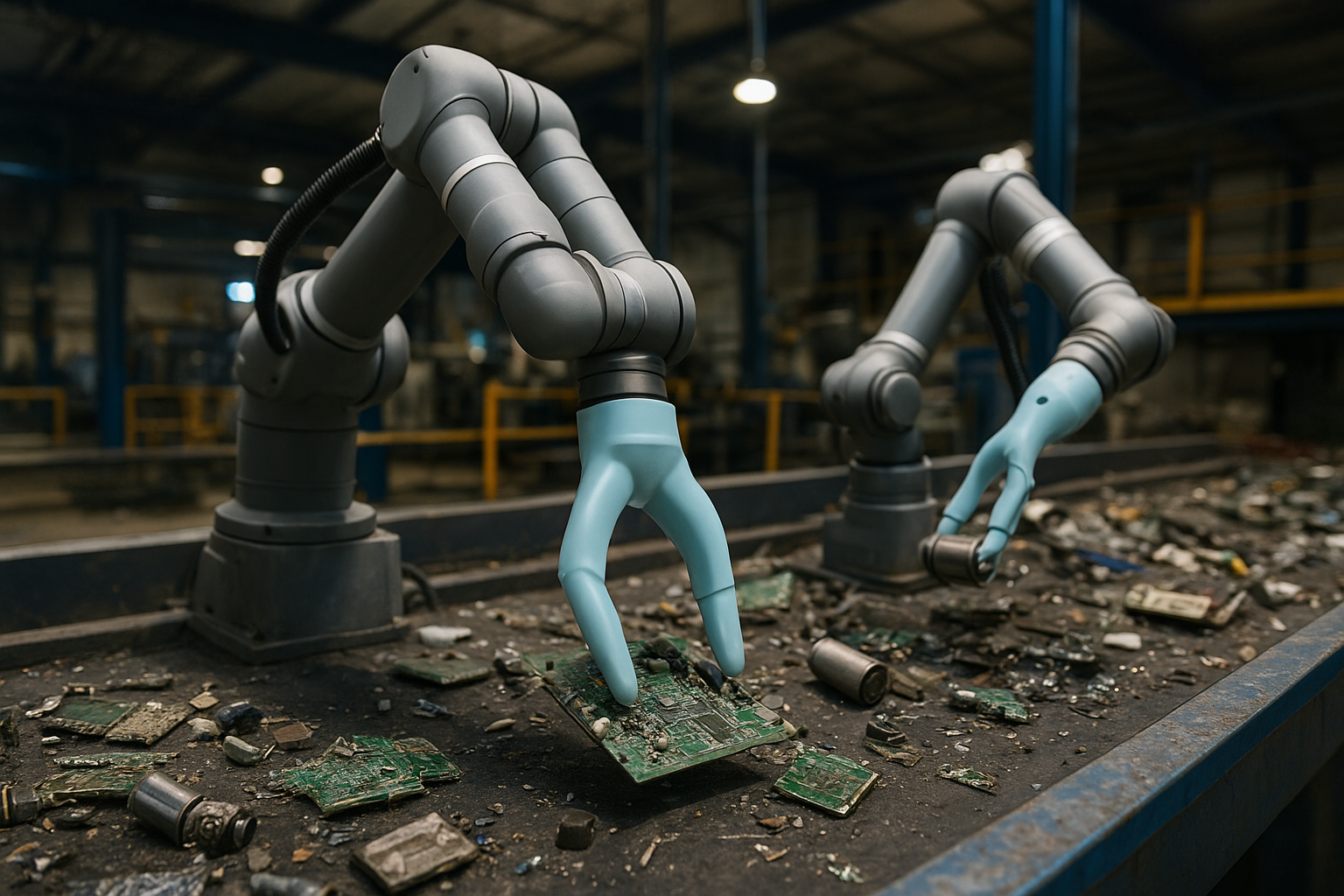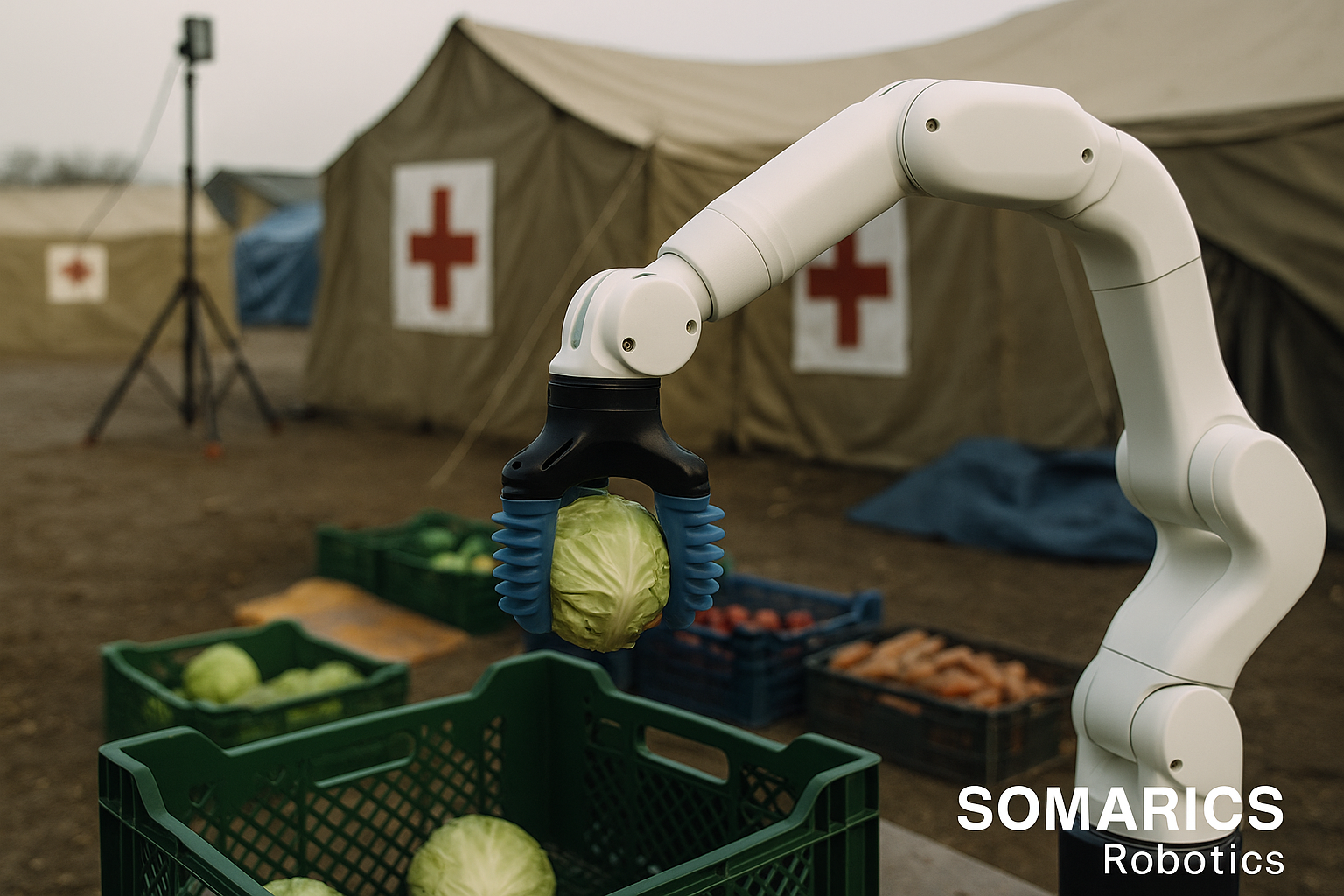How Soft Robotics Can Bring Dignity, Comfort, and Safety to Aging-in-Place
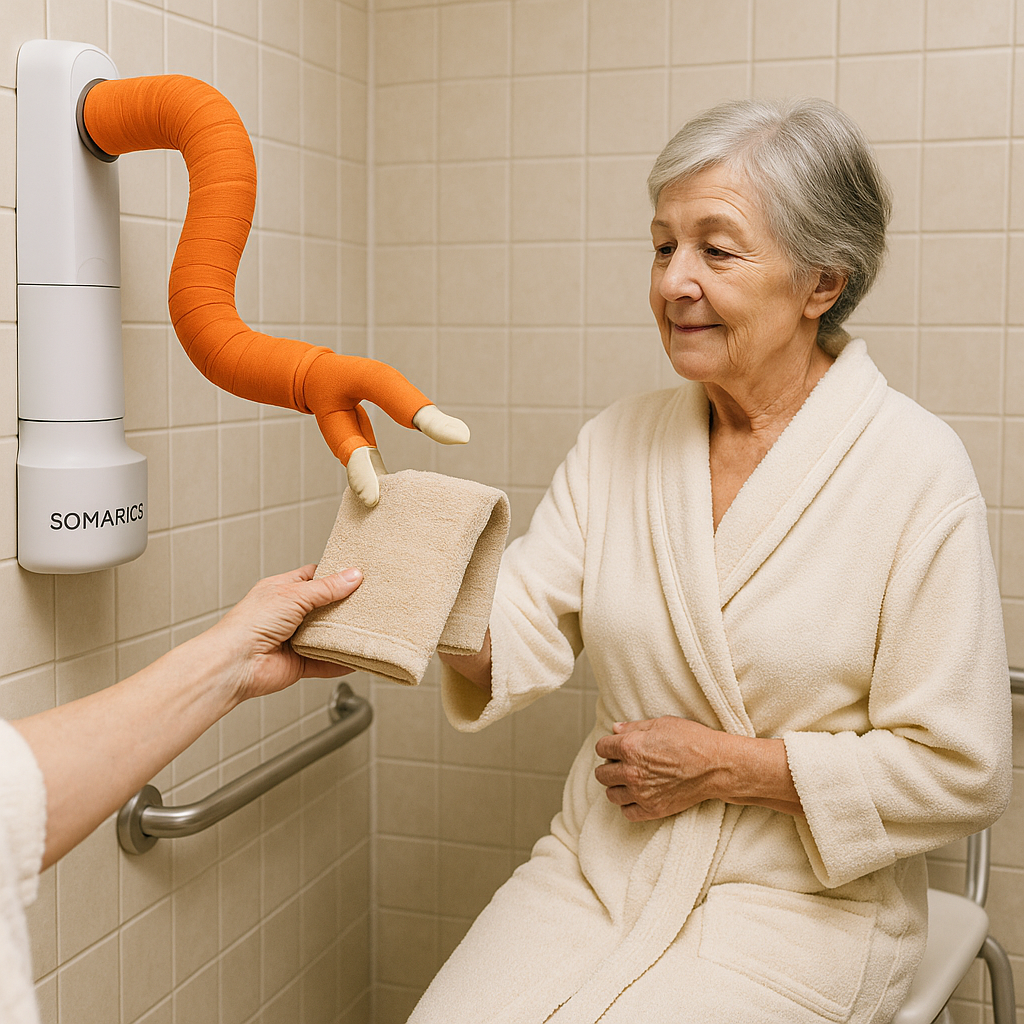
1. Introduction: Aging Populations and the Need for Human-Centered Innovation
By 2030, over 1 in 6 people worldwide will be aged 60 or older, and this figure is rising sharply in both developed and emerging economies. With aging comes a range of challenges, including loss of physical strength, impaired mobility, and increased dependence on caregivers. At the same time, the world faces a severe shortage of trained care staff, leaving families, hospitals, and communities struggling to provide dignified, continuous support.
In this growing gap between human need and care capacity, soft robotics offers a unique bridge. Unlike rigid machines that are designed for speed and force, soft robotic systems are designed to adapt, to yield, and to support with safety. These technologies do not aim to replace human caregivers but to augment the quality of life, enhance independence, and relieve strain on families and professionals alike.
At SOMARICS, we believe that aging should never mean losing agency. And technology should never mean losing warmth.
2. The Daily Struggles of the Elderly: More Than Just Tasks
For many seniors, everyday actions become silent battles:
- Reaching objects on a high shelf without losing balance
- Holding utensils with shaky hands during meals
- Buttoning a shirt with reduced dexterity
- Getting out of bed without assistance
- Avoiding falls while walking through narrow home spaces
Each of these tasks is not just physical; it’s emotional. The inability to perform them can result in frustration, shame, and a slow erosion of confidence and autonomy.
Current assistive tools are often either too rigid, too intrusive, or too generic. Seniors need tools that conform to their pace, respect their boundaries, and respond to their bodies, not the other way around.
3. Why Soft Robotics? The Case for Safety, Adaptability, and Empathy
Soft robotics, with its foundation in compliant materials and human-safe motion, is ideally suited to close the gap between care needs and technological support.
| Design Attribute | Traditional Devices | Soft Robotic Approach |
|---|---|---|
| Physical Safety | Requires constant supervision | Inherently safe to touch |
| Ergonomic Adaptability | One-size-fits-most | Conforms to body & motion |
| Weight and Portability | Often bulky or rigid | Lightweight and wearable |
| Motion Control Complexity | Pre-programmed, stiff | Fluid, intuitive, human-like |
| Psychological Comfort | Cold, mechanical feel | Gentle, organic movement |
Instead of forcing seniors to learn machines, soft robotic tools learn from seniors, from how they move, grip, and react. That subtle shift in interaction design can restore dignity as much as function.
4. Everyday Use Cases: Where Soft Robotics Makes a Real Difference
Let’s imagine what a future-ready soft robotic system can do for elderly individuals at home or in assisted living environments:
🔹 Grasping Assistance
A soft robotic wrist sleeve gently augments grip strength to help hold a teacup, toothbrush, or comb, without rigid exoskeletons or training.
🔹 Mobility Support
Flexible robotic belts or shoulder assists can provide light dynamic pressure and posture cues for improved balance while walking inside the house.
🔹 Self-Care Enablement
Pneumatic soft robotic arms embedded into bathroom chairs can assist in reaching soap or towels, enabling partially independent hygiene.
🔹 Mealtime Comfort
A mounted soft manipulator can assist in stable feeding, particularly for individuals with Parkinson’s tremors or post-stroke motor issues.
🔹 Remote Family Support
Connected robotic interfaces can allow family members or therapists to lightly interact with a loved one’s assistive devices from afar, for reassurance or guidance.
These are not distant possibilities; they are being prototyped and gradually implemented. At SOMARICS, our goal is to democratize access to such systems by focusing on cost-efficiency, modularity, and intuitive design.
5. How SOMARICS Is Different: From Hospital-Grade to Home-Safe
Unlike many robotics companies that design top-down for industrial use and try to retrofit for home environments, SOMARICS starts at the home.
Our approach prioritizes:
- Softness-first design: All end-effectors and supports are designed for human skin contact and variability in body shapes.
- Modular components: Users can add or remove assistance features based on their physical condition, without technical intervention.
- No rigid exosuits: Our devices do not enclose or restrict the body. They assist through pressure, flow, and intention detection.
- Tool-less customization: Devices can be configured and recalibrated without engineering support, via mobile apps or voice prompts.
- Low-energy footprint: All systems run on low-power pneumatic units that can operate silently in bedrooms and bathrooms.
We design not just for the user, but also for the family, therapist, and caregiver who must integrate the device into their routines.
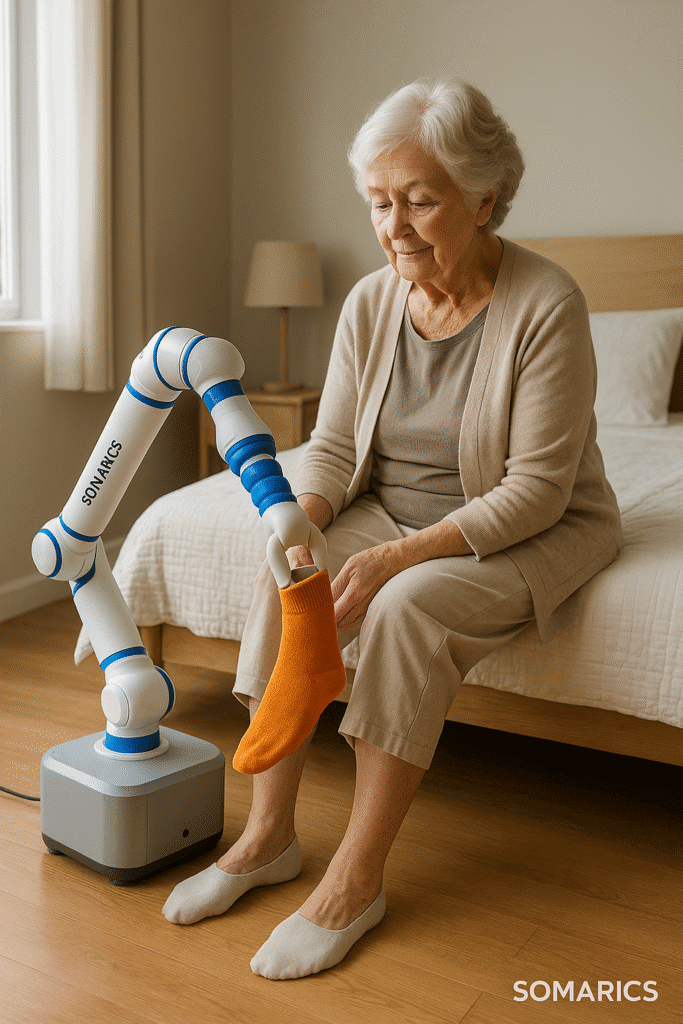
6. Scenario Highlights: Future Aging With Dignity
Consider these illustrative examples:
👵 “Maria”, 79 – Independent but Frail
Lives alone. Uses a SOMARICS wrist assist to help with kitchen activities. When she presses a button, the soft grip sleeve locks gently around her fingers to hold small jars and light tools. No setup. No noise.
🧑🦳 “Joseph”, 84 – Post-Stroke Recovery
In rehab. His therapist remotely configures a SOMARICS back support module that assists him in rising from chairs. Over time, as he recovers, the assist level reduces adaptively.
👴 “Amin”, 76 – Early Cognitive Decline
His daughter uses the SOMARICS connected home app to monitor whether her father has used his self-care modules today. She receives alerts only if something seems off; no constant surveillance is needed.
These aren’t robot caregivers. These are care extensions. Silent. Compliant. Always there, never in the way.
7. Measurable Impact for Families and Systems
Soft robotic devices can provide tangible benefits on multiple levels:
| Stakeholder | Benefit |
|---|---|
| Elderly Users | Autonomy, reduced fall risk, confidence boost |
| Family Caregivers | Less physical and emotional exhaustion |
| Healthcare Systems | Fewer hospital readmissions |
| Insurers | Lower long-term care costs |
| Society | Aging population that stays at home longer |
In an era where aging in place is the preferred choice globally, SOMARICS provides the tools to make that option safer and more realistic.
8. Beyond Devices: A Vision for Human-Compatible Robotics
SOMARICS is not merely building tools; we are shaping the next generation of empathetic, adaptable robotics.
Our vision for elderly support robotics is not based on control, but on coexistence. It’s not about automating care; it’s about making care less burdensome, more consistent, and more respectful.
We believe in technology that bends to the human condition, rather than asking humans to adapt to machines.
9. Join Us: Collaborate for a Softer Future
We invite:
- Rehabilitation centers to co-develop prototypes for their patients.
- Elder tech startups to explore joint systems integration.
- Health insurers to pilot assistive packages for in-home use.
- Universities to join us in human-robot interaction trials.
- Families and eldercare networks to share real-world needs we can design for.
We’re not just looking for customers. We’re building an ecosystem of care-centered innovation.
10. Final Thoughts: Where Age Meets Grace, Technology Must Follow
Aging is not a failure. It’s a stage of life that deserves tools built with the same grace, softness, and patience that define the people it serves.
Soft robotics is not just a solution. It’s a philosophy, one that reshapes how we think about technology, dependence, and dignity.
Let’s design care that conforms to life.
Let’s make aging-in-place truly feel like home.
